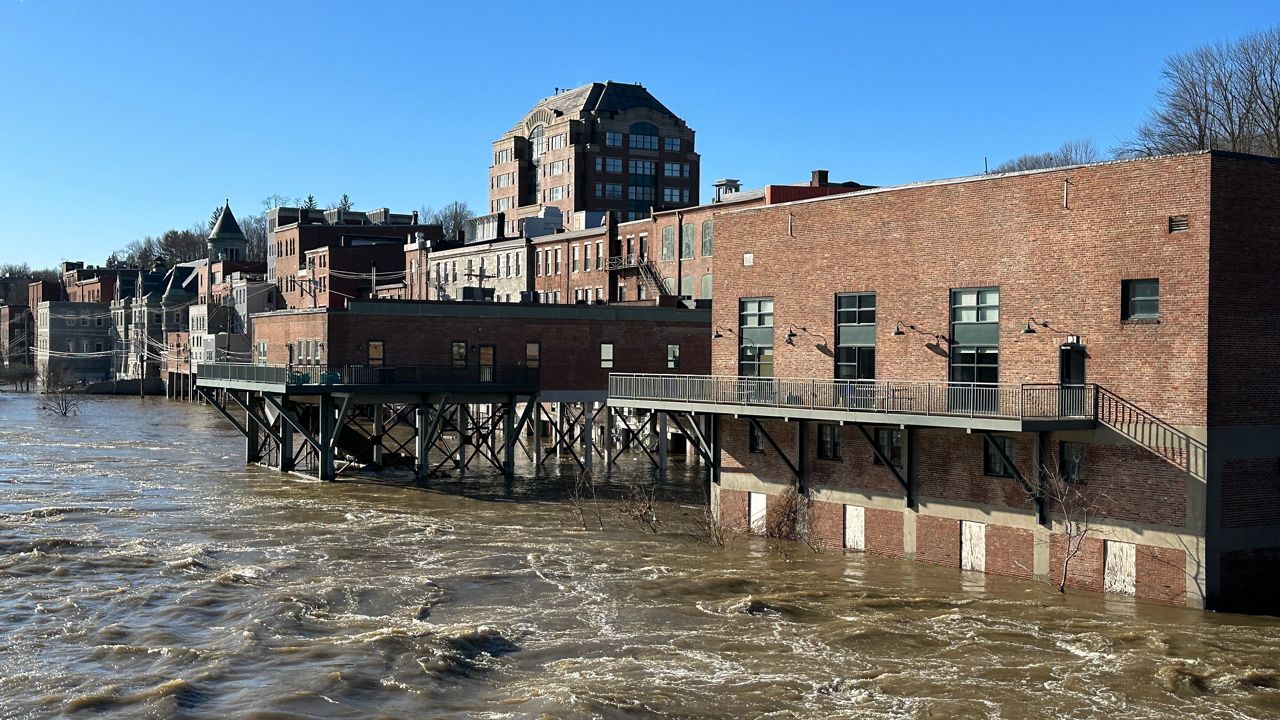A state panel is discussing ways to help Mainers cope with violent storms, including improving communications, working closely with nonprofits and speeding up permits to help areas rebuild faster.
Maine experienced nine natural disasters between March 2022 and May 2024, prompting the state to find ways to reduce the risk of damage and improve response.
The Infrastructure Rebuilding and Resilience Commission discussed a draft report Wednesday but will continue deliberations next month. A final report is due to Gov. Janet Mills on Nov. 15.
According to the draft report, the state could benefit from establishing a statewide data center, improving access to real-time water level monitoring, and working to improve drinking water, wastewater and stormwater infrastructure.
The impacts of severe storms became more evident in December 2023 and January 2024 when three storms caused what the draft report described as “catastrophic inland and coastal flooding, resulting in unprecedented devastation to infrastructure and communities across the state.”
The storms caused an estimated $90 million in public infrastructure damage, with “millions more in losses to private homes and businesses,” the draft report states.
In April, state lawmakers and Mills designated $60 million for storm recovery and rebuilding. Those funds have supported projects in 43 towns and cities, nearly 70 working waterfronts, and over 100 businesses and nonprofits.
In addition, the Federal Emergency Management Agency has directed over $26 million to communities and households, according to the report.



